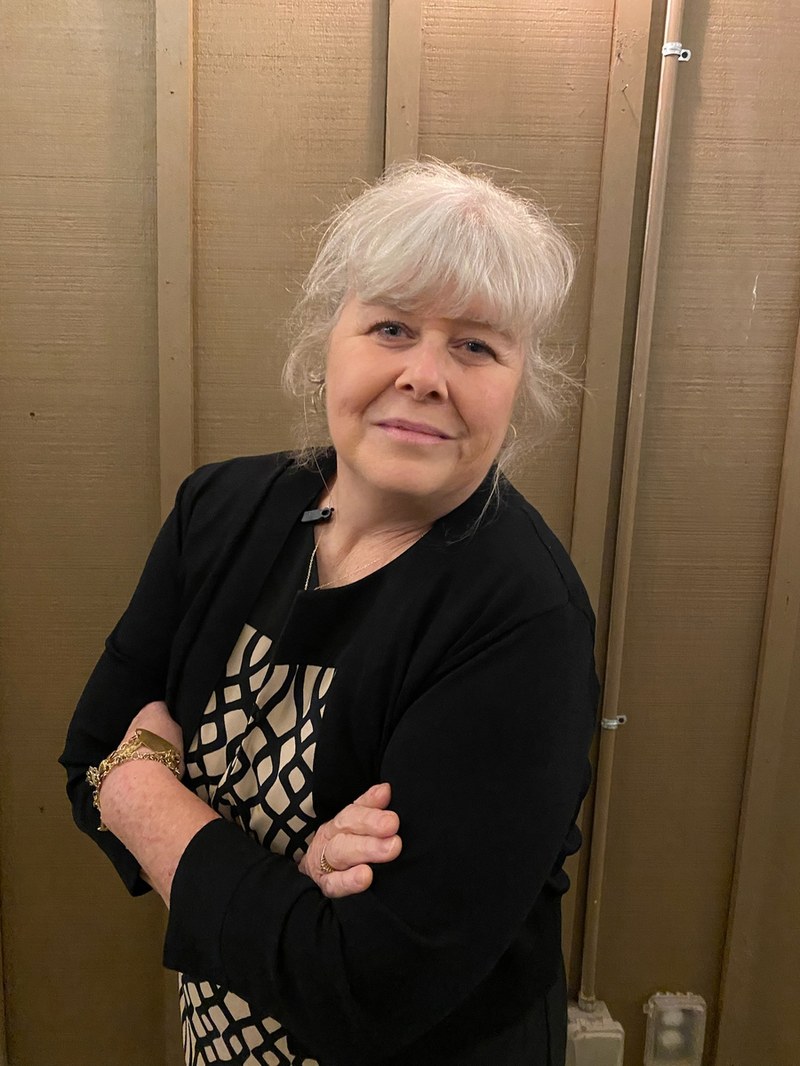This course is designed for food industry professionals interested in a better understanding of food packaging; professionals in one type of food packaging expanding their focus into other types; beginners entering the fields of food processing or food packaging; and anyone interested in a better understanding of food packaging.

The dangers of plastic bottles
This self-paced course will teach you how to recognize the key elements and impact of food packaging in the modern world. Types of food packaging include:
- Paper
- Metal
- Plastic
- Glass
- Pouches
- Other flexible packaging
In this course, you will also examine the advantages and disadvantages of each type of packaging, as well as manufacturing processes, and cost and marketing considerations. You will learn about the pollution crisis, especially in plastic packaging, and sustainability efforts for all types of packaging. You will also be introduced to innovative materials and explore important trends that will impact the future of food packaging.
This course has nine sections and includes readings, videos, and knowledge check questions. At the end of each section there is a short quiz. You will need to achieve a score of 80% or more on the quizzes to pass this course and receive a certificate of completion.
This course provides credits towards Penn State's Food Science Certificate Program.
Who is this for?
- Food manufacturers
- Food industry professionals
- Food development professionals
- Beginners entering the fields of food processing or packaging
- Anyone interested in a better understanding of food packaging
What will you learn?
You will learn how to:
- Identify major types of food packaging and explain their advantages and disadvantages
- Describe how packaging types are manufactured
- Describe how consumer preferences and other factors impact the package development process
- Recognize the importance of preventing food package damage
- Explain the historical evolution of food packaging
- Describe how sustainability is being addressed in food packaging
Contact

Contact


